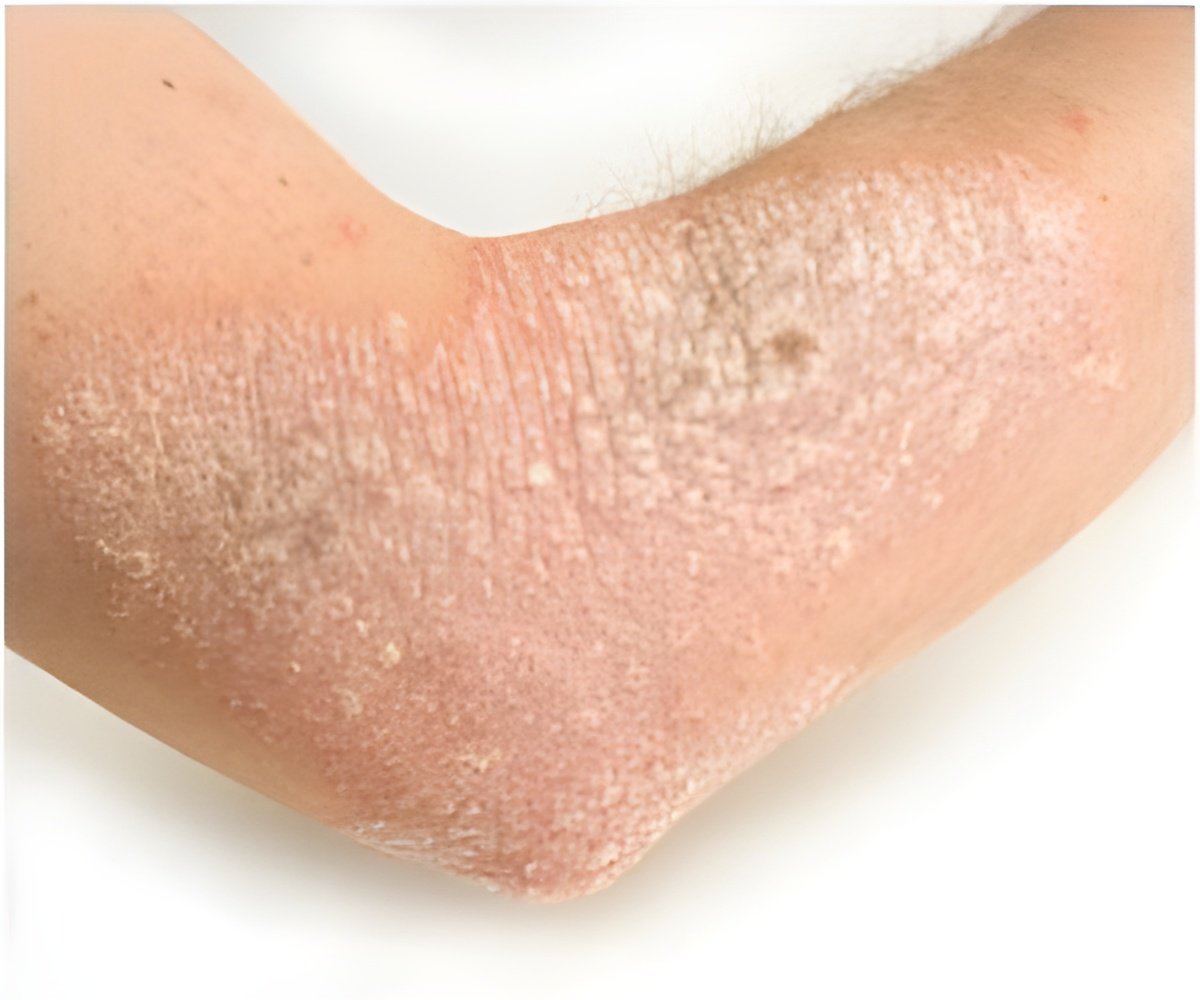Scientists have discovered a possible culprit behind eczema and allergic skin diseases.

The new cell type is part of a family known as group 2 innate lymphoid cells (ILC2), which was discovered less than five years ago in the gut and the lung, where it has been linked to asthma.
But this is the first time such cells have been found in the skin, and they are relatively more numerous there.
"Our data show that these skin ILC2 cells can likely supress or stimulate inflammation under different conditions. They also suggest a potential link to allergic skin diseases," said Dr Ben Roediger, a research officer in the Immune Imaging Laboratory at Centenary headed by Professor Wolfgang Weninger.
The Weninger lab, which has developed techniques for marking different cells of the immune system and tracking them live under the microscope, actually discovered the new dermal cells some years back.
The Centenary researchers, however, suspected they might be associated with type 2 immunity, the part of the immune system that deals with infection by parasitic organisms. So they contacted Professor Graham Le Gros at the Malaghan Institute, one of the world's foremost researchers into type 2 immunity.
Advertisement
"Using these mice, we found that ILC2 cells were the major population in the skin that produced interleukin 13, a molecule that has been linked to a number of allergic diseases, including eczema." Roediger said.
Advertisement
"A halt in movement usually indicates some sort of interaction with another cell," Roediger said.
In this case, the ILC2 cells always seemed to stop in close proximity to mast cells, which are known to play a key role in controlling parasitic infections and to be associated with allergies.
As well as the interaction with mast cells, the Centenary team were able to show that ILC2 cells could be stimulated to spread quickly and were capable of generating the inflammatory skin disease.
The findings have been published today in the respected journal Nature Immunology.
Source-ANI















